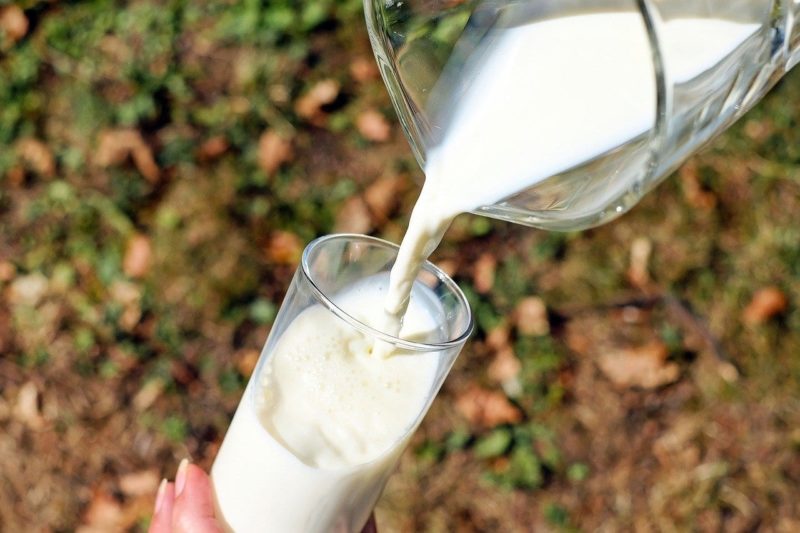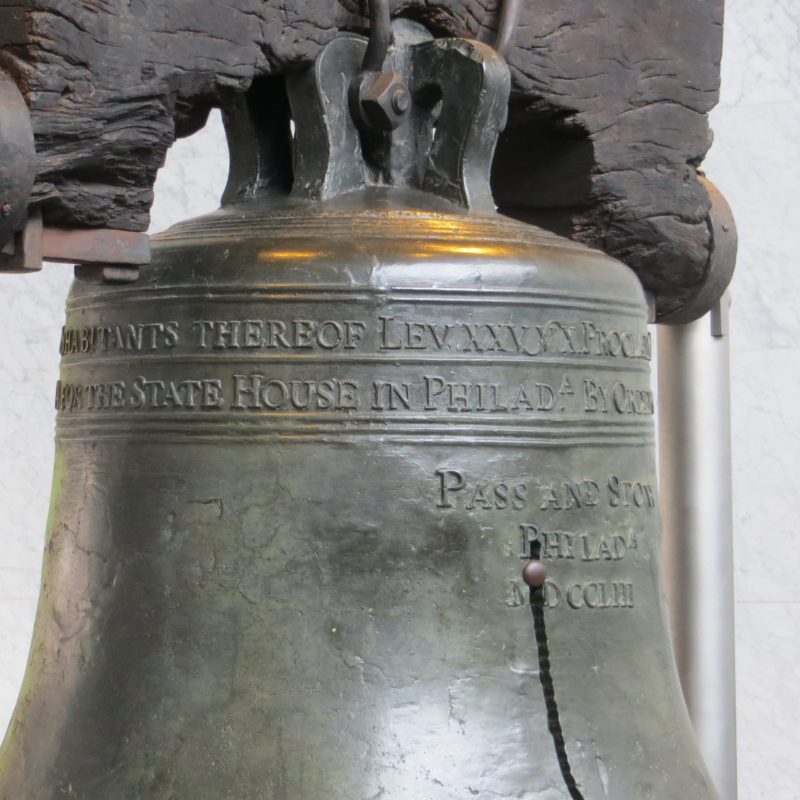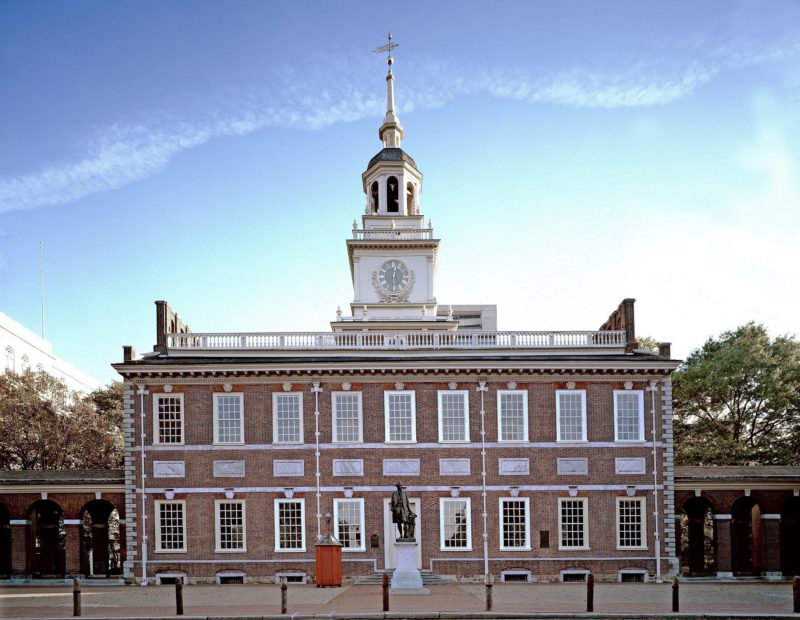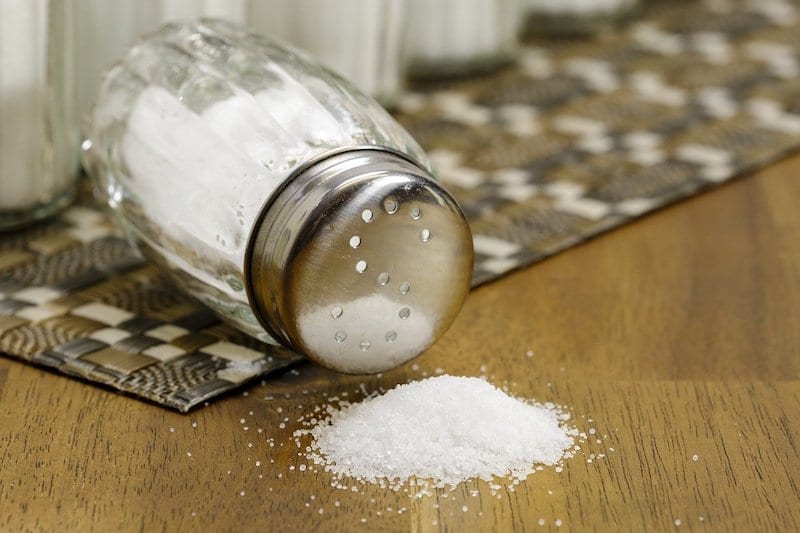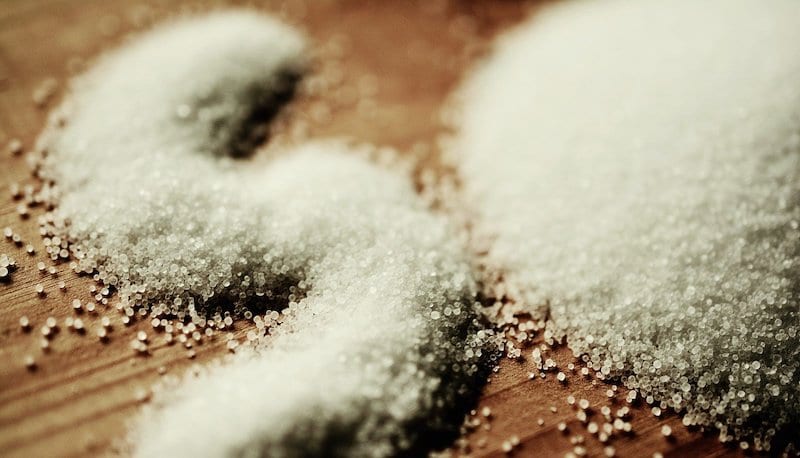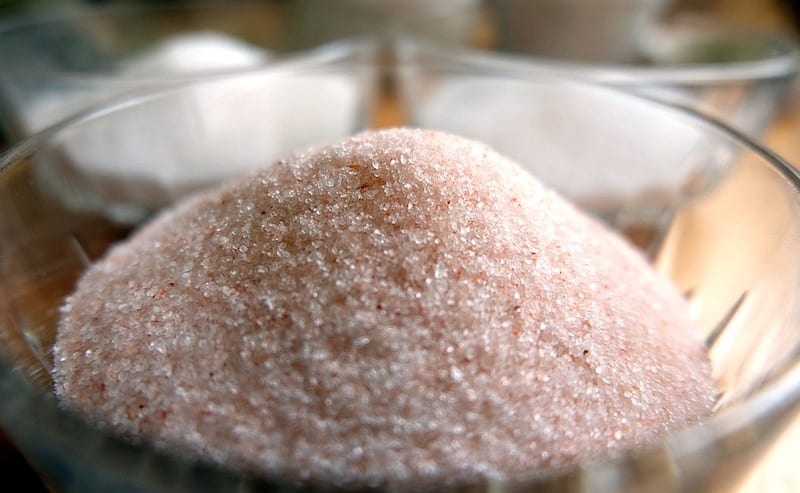Patriotism is complicated and it varies among people. And it’s obviously totally different depending on the country that you come from.
Americans are typically pretty patriotic people and I think many of them would say they’d die for their country.
But it is a very complicated question…
AskReddit users shared their thoughts.
1. From the UK.
“If we were under threat then yeah. I
f we weren’t under threat and Boris was like, “let’s invade [insert Middle Eastern country]” then no.”
2. Only for a good reason.
“If there was a real enemy threatening to invade and kill or enslave my loved ones then yes
But for oil? Not happening.”
3. A strong NO.
“That’s a strong no.
No politicians are willing to work for the country.
Losing my life for the war created by them is nothing but vain.”
4. It’s complicated.
“No. Not inherently.
Dying (and worse, killing) simply ‘for your country’ has been the anthem of leaders sending the young and terrified to die in battle for centuries.
I would, however, die for the people I love, the places I choose to make my life in and the core ideals I consider most important for the benefit of mankind. At the very least, I’d go into battle for them.
What I’d really be thinking just before I die is unknowable to me – maybe I’d regret it all.
I dunno.”
5. Only for defense.
“In defense of my people, sure.
Attacking to give my people an economic advantage, no way.”
6. I just live here.
“I would die for my friends and family.
I wouldn’t die for my country, it doesn’t care for me individually.
I just happen to live here.”
7. It depends…
“Defensively: probably. If you are defending home and family it makes sense
Offensively: hell no. How many offensive wars in history were justified?
I die trying to kill some other guy just defending his home so some aristocrat a thousand kilometers away can have his moment?”
8. From Hong Kong.
“As a Hongkonger, I would die for my people against my ‘country’.”
9. Nope.
“Nah.
I’m not dying for an oil company.”
10. No way.
“Absolutely not.
I’ll fight tooth and nail for my family, but that’s it.”
11. Not gonna happen.
“Hell no.
Its a random assortment of strangers, a government I have no say in and a flag I don’t care about.”
12. Fighting Irish.
“Ireland is a small nation. We dont have much in defense. No aircraft artillery, tanks, or anything. We need our allies more than ever.
But if it came down to invasion by anyone or army of any size. I’d d*mn well defend it with everything I got.
Because its gonna take a whole lot to make us Irish quit.”
13. Arbitrary lines.
“Nope.
I don’t care about serving and protecting arbitrary lines on a map.
Most don’t, most who enlist only do it for the free college, adventure, etc. No one’s died protecting my country from an actual threat since WW2. All the deaths since then have been for absolutely nothing.
Decades of men and women sent off to die for nothing. It’s infuriating, and no one cares. I respect those who give a sh*t and would sign up if there was an actual threat, and I pity those who have or do serve and actually think anything they did/do is protecting anyone they love.
It’s all a game, paid for in blood. And everyone pretends it’s okay to just carry on like that.
Not a game I’ll ever be playing.”
14. Finland.
“The question hits pretty differently depending on where you live. When we are talking about defending Finland, we are talking about a situation where a small country known for it’s well-being, happiness and progress is being attacked by a corrupt and oppressive mafia state with population almost 30 times larger.
The original question sounds very different if you are an American with knowledge about the recent history of American military involvement than it sounds for a generic Finn.”
Finns aren’t openly that patriotic but when it comes to defending this land we are f*cking mental. We have had this discussion many times in school and with my friends and basically everyone says they would give their life for this country.”
15. Maybe…
“There’s a big difference between dying for your country and dying in the name of it.
Would I die to advance our medical knowledge or environment or something? Sure.
Would I die because some politician got angry at another country?
No thank you.”
Now we want to hear from you.
How would you answer this question?
Talk to us in the comments, please!
The post Would You Die for Your Country? People Talk About This Complicated Question. appeared first on UberFacts.




























